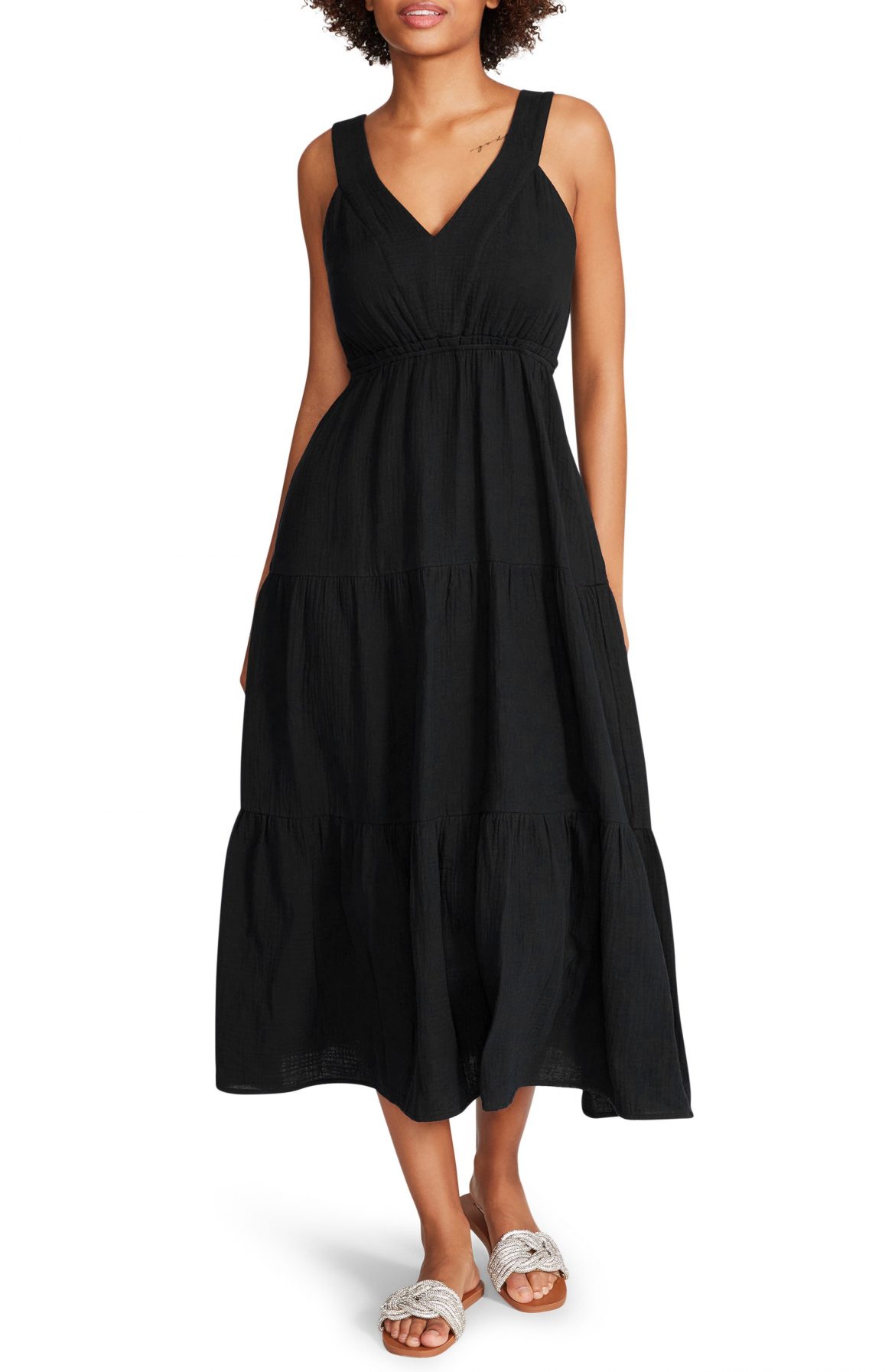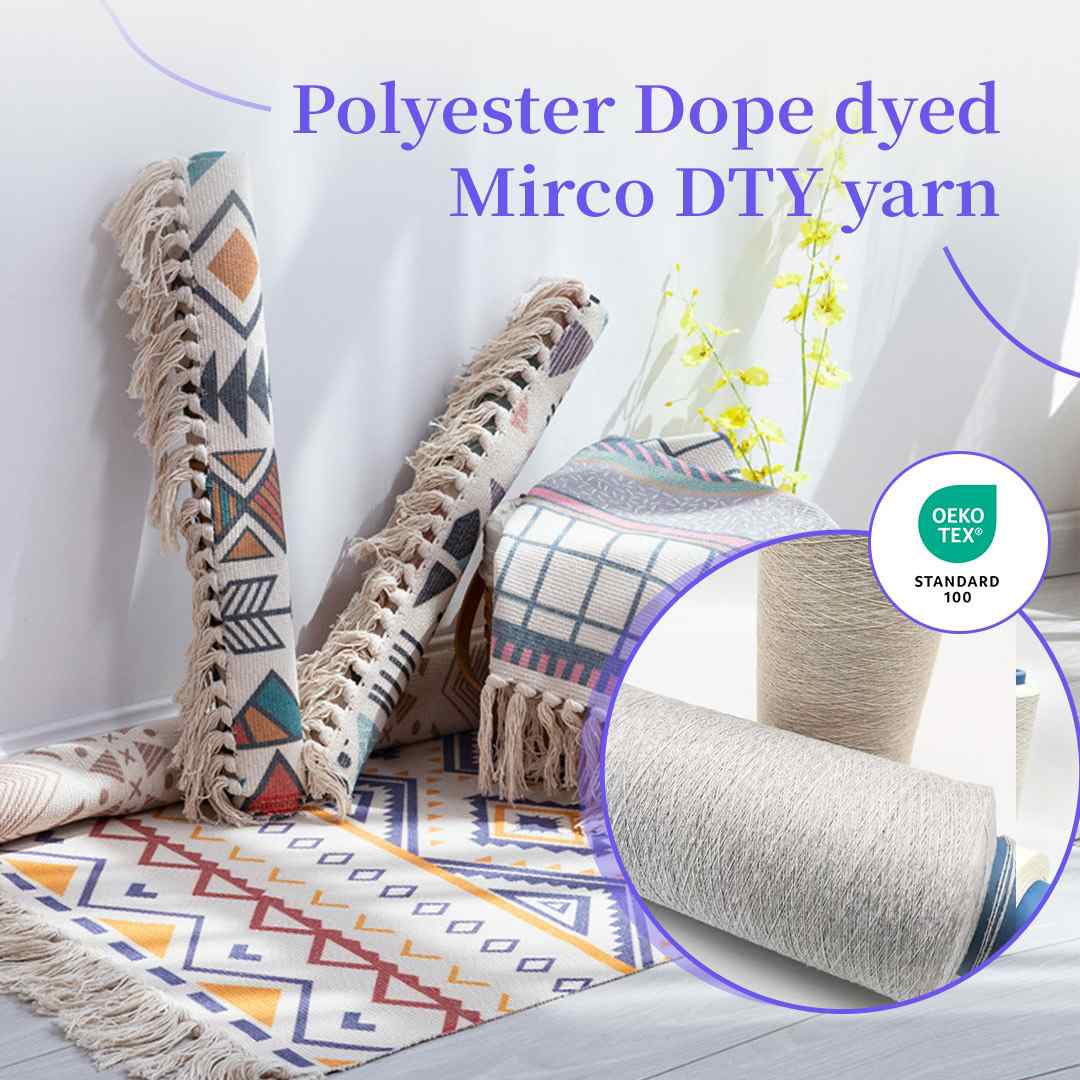When it comes to choosing clothing, particularly in the realm of fabrics, one often encounters the dilemma of deciding between cotton-rich blends and 100% cotton garments. Both options have their merits, but understanding the differences and weighing the pros and cons is crucial in making an informed decision. In this article, we will delve into the intricacies of cotton-rich fabrics and 100% cotton, exploring their characteristics, benefits, and potential drawbacks.
- Understanding Cotton-Rich Fabrics:
Cotton-rich fabrics typically refer to blends that contain a combination of cotton and other fibers, such as polyester or elastane. These blends are designed to enhance the properties of cotton, offering improved durability, stretch, and wrinkle resistance. The percentage of cotton in these blends can vary, with common ratios ranging from 60% to 90% cotton content. - The Advantages of Cotton-Rich Fabrics:
a) Enhanced Durability: The inclusion of synthetic fibers in cotton-rich blends can significantly improve the fabric's strength and durability. This makes them ideal for garments that undergo frequent washing or require increased resistance to wear and tear.
b) Improved Stretch and Shape Retention: Blending cotton with elastane or other stretch fibers enhances the fabric's elasticity, providing a comfortable and flexible fit. This is particularly beneficial for activewear or garments that require a greater range of motion.
c) Wrinkle Resistance: Cotton-rich blends often exhibit better wrinkle resistance compared to 100% cotton garments. This means less time spent ironing and a more polished appearance throughout the day. - The Allure of 100% Cotton:
a) Natural Breathability: One of the most significant advantages of 100% cotton garments is their exceptional breathability. Cotton fibers allow air to circulate, keeping the body cool and comfortable, making them ideal for warm climates or individuals prone to sweating.
b) Hypoallergenic Properties: Cotton is a natural fiber that is less likely to cause skin irritation or allergies. Those with sensitive skin can benefit from the gentle touch of 100% cotton garments.
c) Environmental Sustainability: Cotton is a renewable resource and biodegradable, making it a more eco-friendly choice compared to synthetic fibers. Opting for 100% cotton supports sustainable practices and reduces the environmental impact of clothing production. - Considerations and Personal Preferences:
a) Purpose and Occasion: The choice between cotton-rich blends and 100% cotton often depends on the intended use of the garment. For everyday wear or casual occasions, cotton-rich blends may offer practical advantages. However, for individuals prioritizing natural fibers and breathability, 100% cotton remains the preferred choice.
b) Comfort and Sensitivity: Personal comfort and skin sensitivity play a crucial role in selecting fabrics. While cotton-rich blends may offer enhanced features, some individuals may find 100% cotton more comfortable due to its natural properties.
c) Care and Maintenance: Cotton-rich blends often require less maintenance, as they are less prone to wrinkling and may have improved color retention. However, 100% cotton garments can be easily cared for with proper washing techniques and ironing.
Conclusion:
In the debate between cotton-rich blends and 100% cotton, there is no definitive answer as to which is better. It ultimately boils down to personal preferences, specific needs, and the intended use of the garment. Cotton-rich blends offer enhanced durability, stretch, and wrinkle resistance, while 100% cotton provides natural breathability, hypoallergenic properties, and environmental sustainability. By understanding the characteristics and benefits of each option, individuals can make an informed decision based on their unique requirements.


